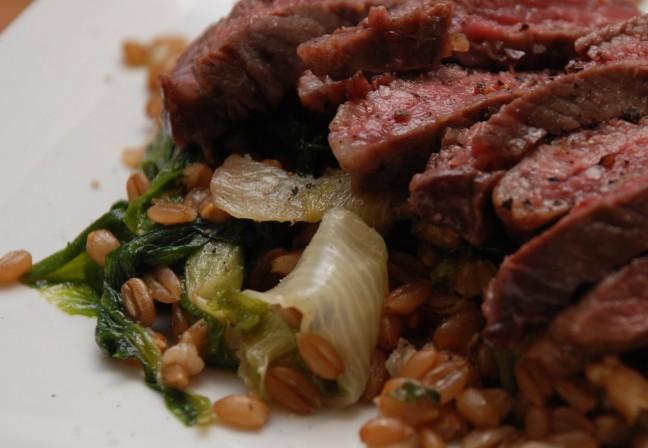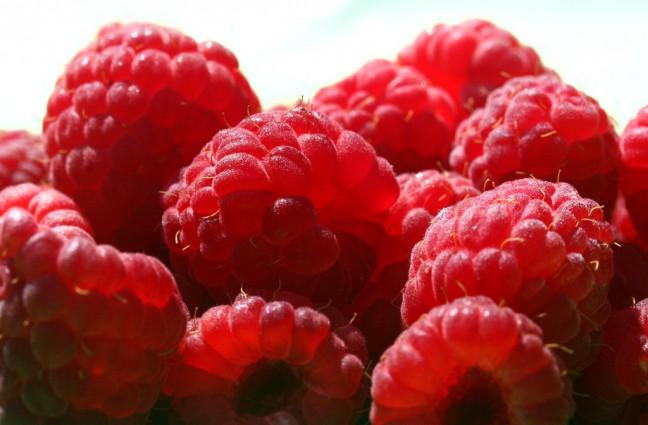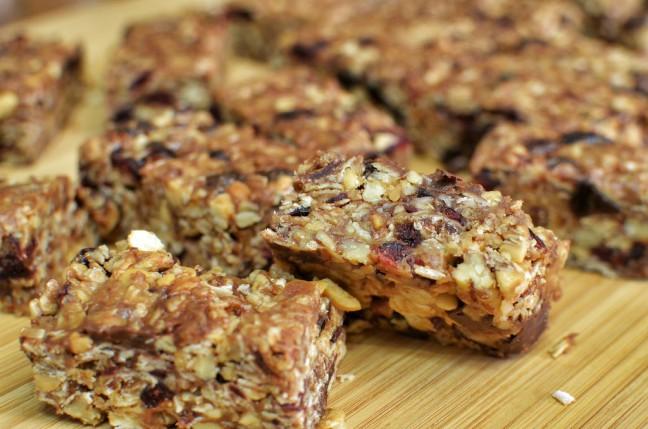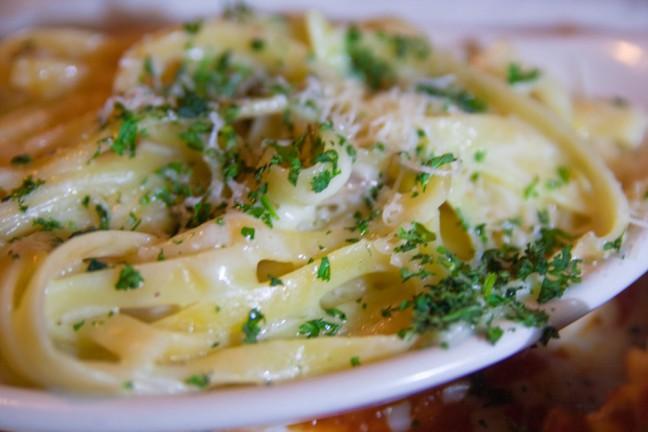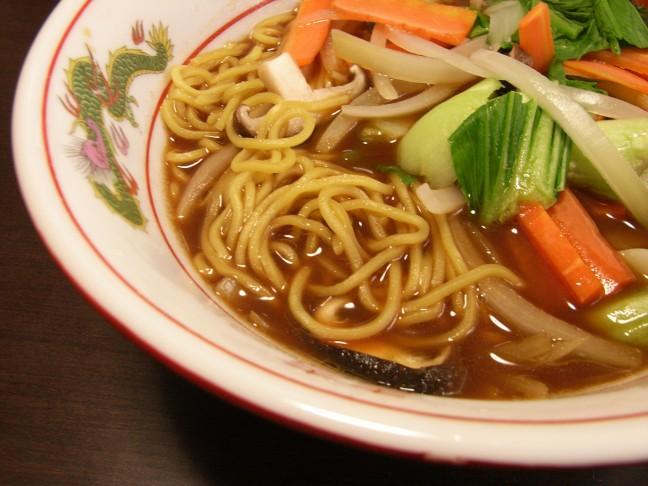It’s a new year and a new semester, the time when many of us make resolutions to better ourselves, our work and our lives overall.
It’s no surprise that weight loss is the No. 1 New Year’s resolution in America. Some go so far as to use strict juice cleanses and detox methods as their primary weight-loss tool in hopes of seeing instant results. However, these can be dangerous solutions and pose serious health risks by depriving the body of essential nutrients and interfering with crucial metabolic pathways. While juicing fresh fruits and vegetables does provide important vitamins and minerals, it alone does not serve as a sufficient meal replacement. Juicing extracts fiber-rich pulp, which aids in digestion, and the juiced product doesn’t include any of the necessary proteins and fats that our bodies require.
In reality, these detox programs are not necessary because the human body is not only capable, but designed to detoxify itself and get rid of anything we don’t need —naturally. So put down that green juice and keep reading to learn how to help your kidneys and liver get to work.
Quench Your Thirst
Water is a crucial part of many functions in the body. It maintains body temperature, cushions our joints, protects vital organs and tissues and helps to rid the body of waste. These important roles, along with the fact that water is a part of every process that goes on in the human body, make it critical for us to stay hydrated.
Water recommendations vary from person to person and depend on certain factors like weight, diet and activity level. Be sure to carry a water bottle with you to satisfy thirst and increase your intake during times of illness, exercise and hot weather. To maintain adequate intake, limit your caffeine consumption and avoid alcohol, which can be dehydrating. You can also boost your water intake by eating plenty of fruits and vegetables with high water content like cucumbers, grapefruit, radishes and watermelon.
Get Active
Many of us are familiar with the well-known benefits of exercise: controlling weight, preventing disease and improving mood. But breaking a sweat also indirectly helps our bodies detoxify the natural way. Exercise assists our lungs, kidneys and liver in functioning more efficiently, increasing our circulation and cleaning out the junk. Aim for 150 minutes of moderate activity each week as well as various strength training exercises at least twice a week.
Eat Whole Foods
As college students, it’s almost like a reflex to reach for pre-packaged boxed and bagged foods like ramen or mac and cheese. But have you looked at the ingredient labels on some of those things lately? It’s almost like reading a foreign language. (Not to mention the excess salt, sugar and unhealthy fats those foods are often loaded with.)
Instead, take advantage of local farmers’ markets. (There are winter markets, too!) Learn to read food labels; if you don’t recognize an ingredient, or can’t pronounce it, don’t buy it. Try doing as much of your own cooking as your schedule allows so that you know what goes into your food. Offer to start a cooking rotation with your roommates in order to lessen the burden for everyone. Plenty of quick and easy recipes are available online for your all-time favorites. Also check out this week’s recipe for no-brainer homemade pizza crust.
Limit Sugar
Overall, Americans are consuming way too much added sugar, which offers no nutritional value and comes in the form of processed drinks, snacks and treats. Too much of the sweet stuff can lead to obesity and heart disease and can fuel other unhealthy eating habits. Low-calorie artificial sweeteners are no better and can cause you to crave more food since your body isn’t getting enough calories to feel satisfied.
To cut back, females should limit their sugar intake to about 5 teaspoons, or 20 grams, per day. For males, the recommended intake is 9 teaspoons, or 36 grams, per day. To put this in perspective, a regular can of soda packs about 8 teaspoons of sugar. Suddenly that ice-cold cola doesn’t look so good anymore.
Manage Stress Levels
Between projects, exams, clubs and work obligations, it’s impossible to completely eliminate stress, but there are ways to reduce it. Stress affects both physical and mental health, so it’s important to find what works for you. Prioritize your to-do list and don’t fret if you don’t make it to the bottom. Find a stress reliever you can use in particularly demanding times. Yoga or meditation may be beneficial for some; for others it could be painting, running or writing. Whatever the case may be, managing stress combined with a healthy diet, plenty of exercise and adequate sleep will keep your body functioning at its peak — no crazy cleanses necessary.
This week’s recipe is a great alternative to frozen pizza and store-bought crusts. It only takes a few simple ingredients to create a quick and delicious homemade pizza. Enjoy with a salad on the side to make it a balanced meal.
Honey Wheat Pizza Crust
Ingredients
- 2 ½ teaspoon rapid rise yeast (or 1 packet)
- 1 cup warm water
- 1 ¼ cups all-purpose flour
- 1 ¼ cups whole wheat flour
- 2 teaspoons honey
- 1 teaspoon salt
- 1 tablespoon olive oil
Directions
Combine water and yeast in a large bowl until the yeast dissolves.
Add in flour, honey, salt and olive oil and mix well. Once the ingredients are combined knead the dough with your hands for a few minutes and form into a ball. Let it rest for 10 minutes.
Pre-heat the oven to 450 degrees Fahrenheit.
Spray a pizza pan with non-stick cooking spray and roll the dough onto the pan. Brush the crust with olive oil and bake for eight minutes.
Remove from the oven and add pizza sauce of your choice and favorite toppings. Bake for 10 to 12 minutes or until the cheese is melted.









